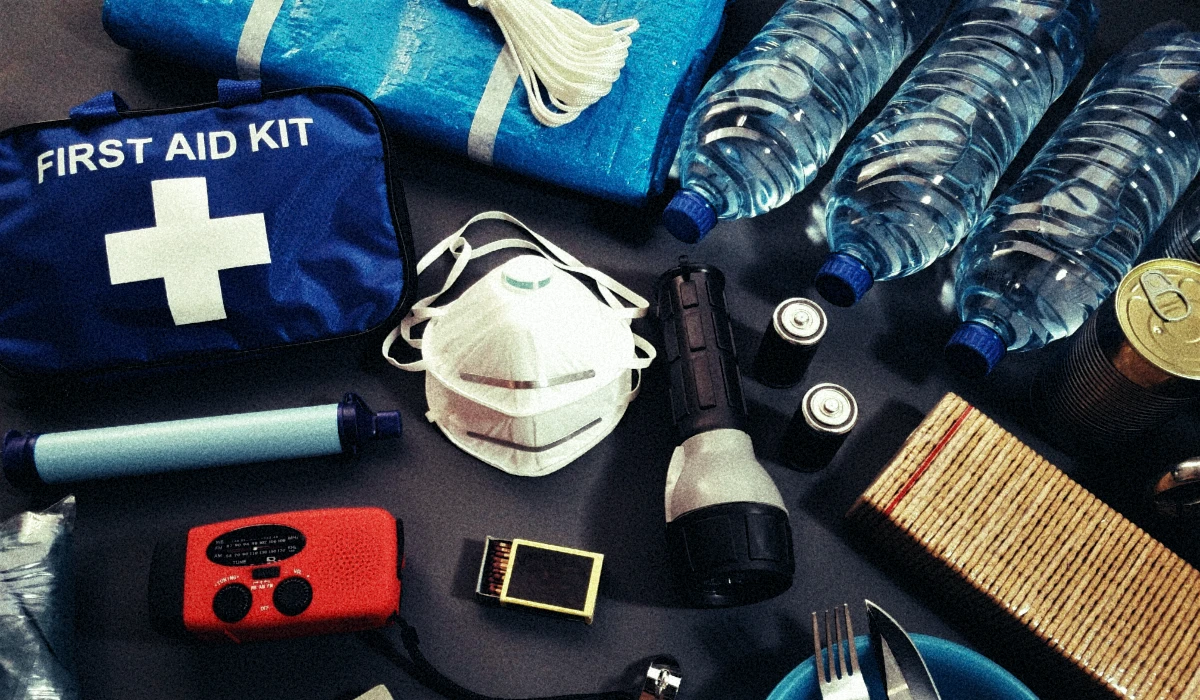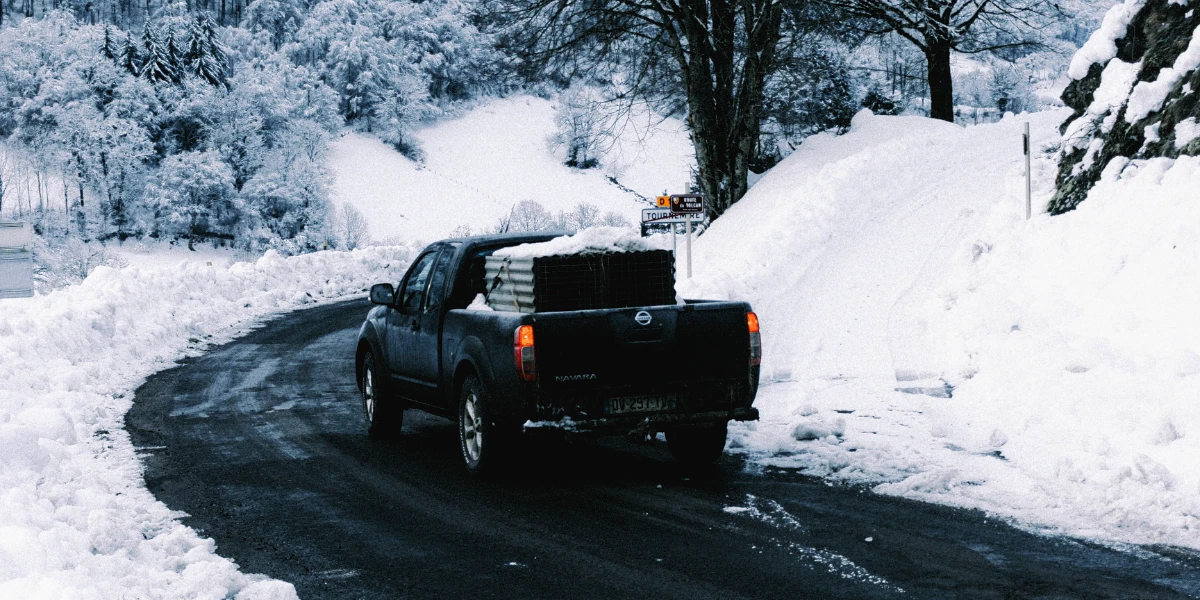In an unpredictable world, being prepared for emergencies is not just a precaution; it’s a necessity. Emergencies can strike without warning, disrupting daily life and potentially putting your safety at risk. Out guide outlines 15 essential principles of emergency preparedness to ensure you and your loved ones are ready for any situation. From natural disasters to unforeseen personal emergencies, these principles will help you create a robust emergency plan.

Emergency preparedness isn’t just for so-called “preppers” or those expecting an apocalypse. It’s practical advice for everyone, helping to mitigate risks and ensure safety in everyday scenarios. Consider these common situations where emergency preparedness is crucial:
- Natural Disasters: Earthquakes, hurricanes, floods, and tornadoes can cause significant damage and threaten lives.
- Health Emergencies: Medical emergencies, including sudden illnesses or accidents, require immediate and effective response.
- Power Outages: Extended power outages can disrupt access to essential services and resources.
- Fires: Home or wildfires necessitate quick evacuation and safety measures.
- Financial Crises: Economic instability or job loss can create urgent financial needs.
Recognizing the importance of being prepared for these situations highlights why everyone should take these steps, not just those who identify as preppers. It’s about safeguarding your family’s well-being and being ready to handle whatever life throws your way.
Assess Risks and Plan Accordingly
Identifying potential risks is the first step in emergency preparedness. Evaluate the hazards specific to your region, such as earthquakes, hurricanes, or floods. Create a plan that addresses these threats, including evacuation routes and shelter locations.
Develop a Communication Plan
During an emergency, clear communication is vital. Establish a communication plan that includes:
- Contact information for family members
- Emergency contacts
- Designated meeting points
Ensure everyone in your household understands the plan and practices it regularly.
Build an Emergency Kit
An emergency kit is essential for survival during disasters. Stock your kit with:
- Non-perishable food items
- Water (one gallon per person per day for at least three days)
- First aid supplies
- Medications
- Flashlights and batteries
- Multi-tool
Regularly check and update your kit to ensure all items are in good condition.
Know How to Shut Off Utilities
In some emergencies, shutting off utilities like gas, water, and electricity can prevent further damage. Learn how to turn off these utilities and ensure all household members are familiar with the process.
Stay Informed
Access to timely information can save lives. Utilize multiple sources to stay informed:
- NOAA Weather Radio
- Local news channels
- Emergency alert apps
Being aware of the latest updates allows you to respond quickly and effectively.
Create a Shelter Plan
Identify safe locations within your home or community where you can take shelter. For tornadoes, choose a basement or interior room on the lowest floor. For hurricanes, consider designated community shelters.

Evacuation Planning
Develop a detailed evacuation plan, including:
- Primary and secondary routes
- Transportation options
- Pet accommodations
Ensure your vehicle is always ready with a full tank of gas and a portable emergency kit.
Prepare Financially
Emergencies can be costly. Prepare financially by:
- Creating an emergency fund
- Storing cash in your emergency kit
- Keeping copies of important financial documents
Having financial resources readily available ensures you can handle unexpected expenses.
Practice Emergency Drills
Regularly conduct emergency drills for different scenarios, such as fire or earthquake. Practicing these drills helps everyone understand their roles and reduces panic during an actual emergency.
Special Needs Considerations
If you have family members with special needs, ensure your plan addresses their requirements. This may include:
- Medical equipment
- Medication schedules
- Special dietary needs
Tailoring your plan to these needs ensures everyone is adequately cared for during an emergency.
Pet Preparedness
Pets are family too. Include them in your emergency plans by:
- Having a pet emergency kit
- Identifying pet-friendly shelters
- Ensuring pets are microchipped and have identification tags
Being prepared for your pets ensures their safety and well-being during emergencies.
Home Safety and Security
Enhance your home’s safety and security by:
- Installing smoke and carbon monoxide detectors
- Securing heavy furniture to walls
- Reinforcing doors and windows
Taking these precautions can prevent injuries and protect your property during disasters.
First Aid and CPR Training
First aid and CPR knowledge can save lives. Take certified CPR courses and regularly refresh your skills. Ensure your first aid kit is well-stocked and easily accessible.
Document Safety
Keep copies of important documents in a waterproof, fireproof container. This includes:
- Identification
- Insurance policies
- Medical records
Having these documents readily available can streamline recovery efforts post-emergency.
Community Involvement
Engage with your community to enhance preparedness. Participate in local emergency response teams, attend community meetings, and share your knowledge with neighbors. A well-prepared community is more resilient and better equipped to handle emergencies.
By following these 15 essential principles of emergency preparedness, you can ensure your household is ready to face any situation with confidence. Prepare now to protect your loved ones and secure your future.